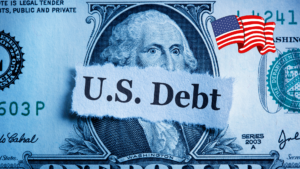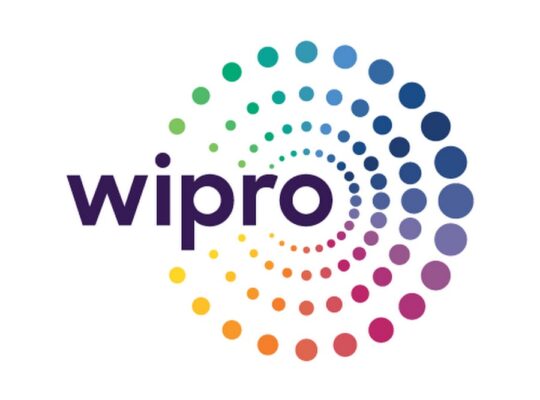The U.S. Debt Spiral in 2025: Will Washington Default or Delay?
As the global economy cautiously treads the uncertain waters of 2025, all eyes are once again on Washington. The United States—long viewed as the world’s most stable borrower—is now teetering on the edge of a fiscal cliff. The federal deficit is ballooning. The debt ceiling debate has turned toxic. And whispers of a potential U.S. credit rating downgrade are growing louder.
Could the unthinkable happen? Could the U.S. government default on its debt? Or will politicians once again delay the crisis—kicking the can further down the road?
Let’s unpack what’s happening in Washington’s latest fiscal firestorm.
📈 Deficit Explosion: A Debt Load That Won’t Quit
The U.S. federal deficit has surged to over $1.9 trillion in 2025, fueled by:
- Trump-era tax cuts extended under renewed Republican leadership
- High defense and infrastructure spending
- Persistent entitlement program obligations (Social Security, Medicare)
- Sluggish revenue growth amid volatile markets
According to the Congressional Budget Office (CBO), if no major reforms are made, the national debt will exceed 116% of GDP by 2054. That’s higher than during WWII—and in peacetime, it’s nearly unprecedented.
“America isn’t just borrowing from the future,” one economist quipped. “It’s running a tab with no plan to pay.”
🧨 Debt Ceiling: Back on the Brink
The U.S. debt ceiling—Washington’s legally mandated borrowing limit—was suspended temporarily until January 1, 2025. Now, with that deadline passed, Congress must raise the limit again or face a shutdown… or worse.
But bipartisan cooperation is in short supply.
- Conservatives are demanding spending cuts before agreeing to raise the ceiling.
- Progressives are pushing for expanded social programs and stimulus.
- Moderates are caught in the crossfire, trying to avoid a global financial panic.
Negotiations have stalled. And the Treasury Department says it can only pay the government’s bills through June 2025 without new borrowing authority.
Sound familiar? It should. A similar standoff in 2011 led to the first U.S. credit downgrade in history.
🏦 Credit Downgrade Risk: The Ghost of S&P Returns
In a stunning repeat of history, rating agencies like Fitch and Moody’s are warning of another downgrade. Investors are spooked. Yields on U.S. Treasuries—once considered the safest assets in the world—are climbing.
“Political dysfunction is now a macroeconomic risk,” noted a Moody’s analyst.
What would a downgrade mean?
- Higher interest rates on federal borrowing
- Increased costs for consumers (mortgages, credit cards, car loans)
- Declining investor confidence
- Potential global sell-offs in bond and equity markets
If the U.S. becomes a less trustworthy borrower, the entire global financial system could feel the aftershocks.
⚠️ Could the U.S. Actually Default?
Technically, yes. But it’s still unlikely.
A default would mean the U.S. fails to pay interest on its debt—an event that could shake the world economy to its core. Treasury Secretary Janet Yellen has repeatedly said this must not be allowed to happen.
However, the closer we get to the default date, the greater the risk of:
- Delayed federal payments (e.g., Social Security, Medicare)
- Federal employee furloughs
- Downgraded credit even without a default, just due to political chaos
Investors are beginning to treat U.S. debt with more caution. Some are already shifting into gold, Bitcoin, or foreign bonds.
🧮 The Political Math: Delay Is the Default
Let’s be honest—Washington probably won’t default. But delay is the default behavior. Kicking the can is now a feature, not a bug.
Expect a last-minute deal—perhaps a short-term increase, not a long-term fix. That’s what we’ve seen time and time again. The deeper question is: How long can that tactic last?
In 2025, America’s fiscal credibility is on the line not because of economics—but because of political dysfunction.
🧠 Final Thoughts: The Cost of Crisis Theater
The U.S. may not default this year. But every time the government flirts with disaster, it chips away at global trust in the American system. For a country that relies on borrowing, that’s a dangerous game.
Fixing this will require:
- Structural tax reform
- Entitlement reform
- Honest political dialogue
- Willingness to compromise—fast disappearing in Washington
The debt spiral isn’t just a math problem. It’s a reflection of a deeper crisis: America’s inability to govern itself.
And in 2025, that’s the real risk we all should be watching.








